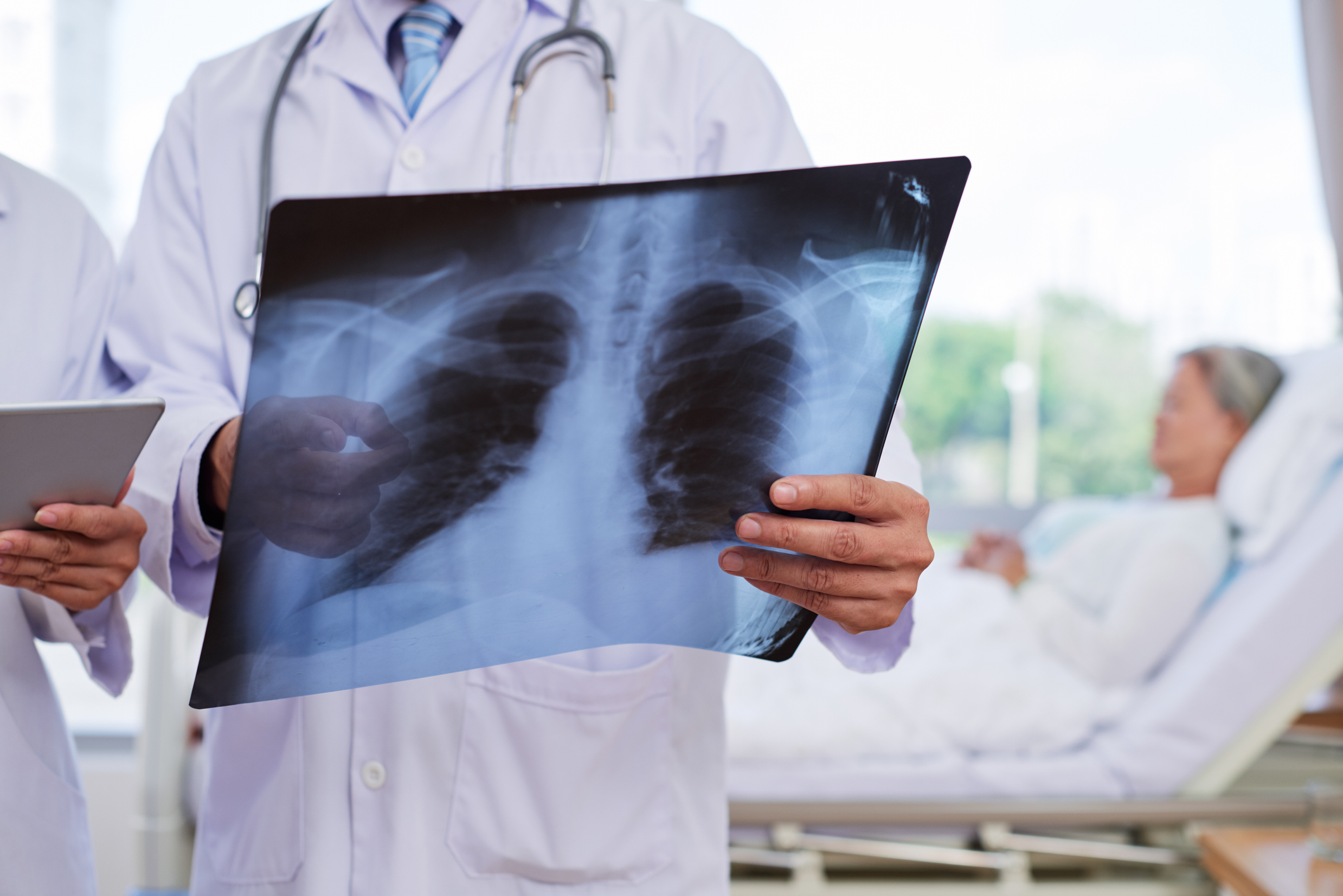Lack of Immunizations Spreads Disease Threat Across New Jersey
In 2018 a disease that was declared eradicated in the United States 18 years previously began making headlines again, with New Jersey at the forefront. By year end, the Centers for Disease Control and Prevention (CDC) would confirm 372 cases1 of measles across the county, with New Jersey accounting for 10 percent of the national total. Through seven months of 2019, more than 1,100 individual cases1 of measles have been confirmed in 30 states, representing the greatest number of reported cases in the U.S. since 1992 (2,237 cases) and since measles was declared eliminated in 2000. With August marking National Immunization Awareness Month, the Center for Health Analytics, Research and Transformation (CHART) at NJHA takes a closer look at the prevalence and current implications of measles, influenza and other vaccine-preventable diseases – a growing epidemic which adds billions of dollars to the U.S. healthcare system annually.
Vaccine-Preventable Diseases
 In 1954, a blood sample taken from a 13-year-old boy infected with measles was collected by physicians at Boston Children’s Hospital in an attempt to isolate the virus responsible for the deadly disease. Once isolated, this strain of the measles virus was systematically weakened through a process called culturing. Nearly a decade later, the virus was transformed into the first measles vaccine licensed for use in the United States.
In 1954, a blood sample taken from a 13-year-old boy infected with measles was collected by physicians at Boston Children’s Hospital in an attempt to isolate the virus responsible for the deadly disease. Once isolated, this strain of the measles virus was systematically weakened through a process called culturing. Nearly a decade later, the virus was transformed into the first measles vaccine licensed for use in the United States.
The vaccine – included in MMR (measles, mumps, and rubella) or MMRV (measles, mumps, rubella, and varicella) – was improved upon in 1968 and has been the only measles vaccine used in the U.S. ever since. It is now considered to be one of the most effective childhood vaccines in use throughout the world today, with two doses being about 97 percent effective at preventing measles. The measles vaccine proved so effective that the disease was declared eliminated, first in the United States in 2000, then throughout the entire North American continent in 2015.
While measles has grabbed headlines over the past year, the role that vaccines play does not end at childhood. Numerous other vaccine-preventable diseases continue to impact the health of individuals and communities across the country and around the globe.
Despite being one of the most cost-effective and safest forms of preventive medicine, recent outbreaks in developed countries of vaccine-preventable diseases such as measles, pertussis (whooping cough), and mumps, have contributed to the resurgence of vaccinations, or more specifically lack thereof, as a top-tier public health issue.
Many individuals, particularly adults, are not receiving vaccinations at the levels recommended by the CDC. A May 2018 survey of U.S adults found that from 2008 to 2018, the proportion of respondents who consider vaccines “very important” to the health of society decreased nearly 13 percent. In addition, the percentage that is “somewhat confident” in the current healthcare system’s ability to evaluate the safety of vaccines decreased 15 percent.
This decline in the public trust concerning vaccine safety has consequences that extend beyond the health of the individual or the community. The financial burden that unvaccinated individuals place on the economy is particularly striking. In a November 2016 study in Health Affairs – one of the most comprehensive of its kind to date – researchers focused on the economic burden of diseases associated with 10 vaccines offering protection against 14 different pathogens recommended by the CDC for U.S adults in 2015.2
They estimated the total financial burden from these vaccine-preventable diseases to be around $9 billion annually. Ninety-five percent of the total estimated burden was associated with direct costs including hospital inpatient and outpatient treatment costs and medication costs, while the remaining 5 percent represented productivity losses as a result of wages lost during the course of treatment.2
 Influenza – the common flu – was found to be the costliest among the 14 vaccine-preventable diseases included in the study, accounting for $5.8 billion, or 65 percent, of the total economic burden. Pneumococcal disease, a bacterial infection (Streptococcus pneumoniae) that can cause pneumonia, meningitis, sepsis, and other serious illnesses, was the next most costly at nearly $1.9 billion or 21 percent of the total.2
Influenza – the common flu – was found to be the costliest among the 14 vaccine-preventable diseases included in the study, accounting for $5.8 billion, or 65 percent, of the total economic burden. Pneumococcal disease, a bacterial infection (Streptococcus pneumoniae) that can cause pneumonia, meningitis, sepsis, and other serious illnesses, was the next most costly at nearly $1.9 billion or 21 percent of the total.2
Perhaps the most compelling finding was that a vast majority – approximately 80 percent – of the economic burden was attributable to unvaccinated adults. More than $7 billion of the $9 billion in total costs were the result of adult individuals who received no direct protection from vaccination.2
In this white paper, CHART spotlights three vaccine-preventable diseases: measles, influenza, and pneumococcal disease. CHART summarizes available data to present county-level case counts and rates per 100,000 population for each of the selected diseases for the most recent five-year period (2014 to 2018). In addition, data from the Annual Immunization Status Reports (ASR) is examined to document the recent increase in the percentage of children granted religious exemptions from the mandatory immunization requirements for school attendance in New Jersey.
Rather than providing a comprehensive overview of vaccine-preventable diseases or vaccination rates in New Jersey, CHART focused its efforts on providing a snapshot of these three common vaccine-preventable diseases and recent trends in childhood vaccinations throughout the state in order to inform not only the general public, but those participating in the discourse around vaccines at the national, state and local levels, which may have broad consequences for public health for years to come.